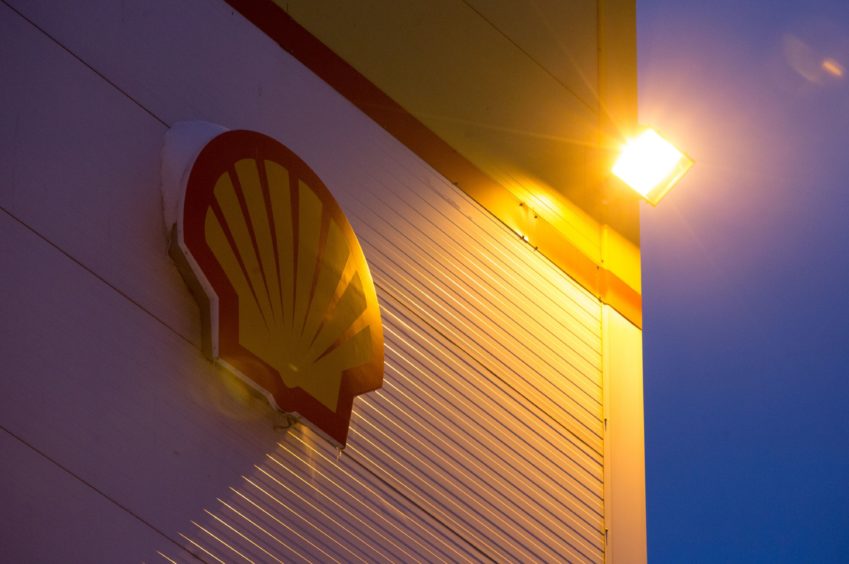
Malaysia and Brunei have finally formalised a previously stalled unitisation agreement for the Gumusut-Kakap and Geronggong-Jagus East fields that straddle the international maritime boundary between the two countries. The about turn bodes well for Anglo-Dutch supermajor Shell, which has stitched up most of the acreage in Brunei’s offshore.
“The formalised unitisation agreement firmly attests the continuing collaboration between Malaysia and Brunei and establishes the platform for the joint development of the fields by Petronas and the National Unitisation Secretariat of Brunei to further enhance the value derived from these assets for both countries,” Malaysian national oil company (NOC) Petronas said yesterday.
Energy Voice reported in late February 2020 that Petronas had halted discussions regarding unitisation and joint collaboration on several upstream projects straddling the Malaysia-Brunei maritime boundary, or that are located in Blocks CA-1 and CA-2 in the demarcated Malaysia Brunei Commercial Arrangement Area (CAA). It was believed Kuala Lumpur was unhappy with the proposed revenue split and wanted more.
Brunei, which desperately needs new gas production to feed its ageing LNG export complex surely must have made some concessions to Petronas to get a new unitisation pact agreed. Industry sources told Energy Voice that Petronas was a an extremely tough negotiator.
Moreover, the latest agreement will offer Shell a much more certain operating environment to develop its resources. Following Total’s sale of Block CA-1 to Shell in the CAA in April 2020, the Anglo-Dutch supermajor now controls the four quadrants of the Gumusut-Kakap resource – two quadrants on the Malaysian side and two quadrants on the Brunei side. Shell is now in total control on both sides of the border. Indeed, Shell is better placed than any other upstream company, including Petronas to understand the ultimate geology and the true nature of the resource.
The unitisation agreement bodes well for PetroleumBrunei, which has been seeking to jointly develop a cluster of gas-rich fields with Petronas, including Kelidang on Block CA-2, with the goal of supplying new feedstock to the Brunei LNG plant at Lumut. The Kelidang Cluster would be Brunei’s first deep-water development.
Brunei is also keen for Shell’s deep-water Jagus East discovery on Block CA-1 to be developed soon. The discovery’s reservoir is thought to be connected with the Shell-operated Gumusut-Kakap structure in Malaysian territorial waters, making bilateral cooperation essential.
Shell’s Geronggong oilfield – the deepest and most remote discovery to date off Brunei – could also be exploited as a tie-back to Gumusuk-Kakap.
Most of the remaining undiscovered oil and gas potential around Brunei exists in the deep waters in the vicinity of the international border. Most of the shallow-water oil and gas off Brunei has been developed.
